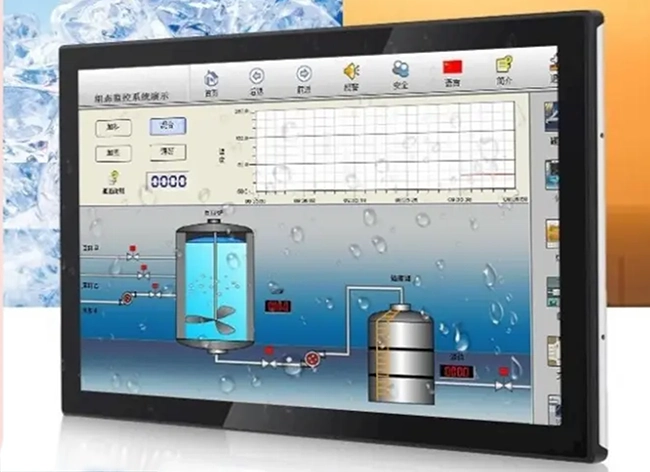LCD services for manufacturing
Liquid Crystal Displays (LCDs) are widely used in the manufacturing industry for various applications that contribute to improved efficiency, monitoring, and control. The strengths of LCD displays in the manufacturing sector lie in their ability to provide real-time information, facilitate human-machine interaction, and enhance overall operational visibility. Here are specific applications and strengths of LCD displays in the manufacturing industry:

- Human-Machine Interface (HMI):
- Application: LCD displays are used as HMIs on manufacturing equipment and control panels, allowing operators to interact with and monitor machinery.
- Strengths: LCDs offer clear and intuitive interfaces, facilitating easy control and monitoring of manufacturing processes. Touch-screen capabilities enhance user interaction, contributing to streamlined operations.
- Process Monitoring and Control:
- Application: LCDs are integrated into control systems for monitoring and controlling various aspects of the manufacturing process, such as temperature, pressure, and machine settings.
- Strengths: High-resolution displays enable operators to monitor critical parameters in real time. LCDs contribute to efficient process control, reducing errors and improving production quality.
- Production Line Displays:
- Application: LCD displays are used along production lines to provide real-time information on production rates, machine status, and quality control.
- Strengths: LCDs contribute to increased visibility and transparency along the production line. They enable quick identification of bottlenecks, maintenance needs, and quality issues, supporting timely decision-making.
- Quality Control and Inspection:
- Application: LCD displays are utilized in quality control systems, showing images and data from inspection cameras and sensors.
- Strengths: High-resolution displays help in the detailed examination of products during quality control processes. LCDs assist in identifying defects and ensuring compliance with quality standards.
- Inventory Management Systems:
- Application: LCDs are integrated into inventory management systems to display real-time information on stock levels, order status, and supply chain logistics.
- Strengths: LCDs provide a visual representation of inventory data, aiding in inventory tracking and management. They contribute to efficient supply chain operations and reduce the risk of stockouts or overstock situations.
- Energy Monitoring and Efficiency Displays:
- Application: LCD displays are used to show real-time energy consumption, equipment efficiency, and sustainability metrics.
- Strengths: LCDs contribute to energy-efficient practices by providing visibility into energy usage patterns. They support efforts to optimize energy consumption and reduce environmental impact.
- Maintenance and Fault Diagnosis:
- Application: LCDs are employed in maintenance systems to display equipment status, maintenance schedules, and diagnostics information.
- Strengths: LCDs enable maintenance personnel to quickly identify and address issues, reducing downtime. They support predictive maintenance strategies by displaying real-time data on equipment health.
- Training Simulators:
- Application: LCD displays are used in training simulators for manufacturing equipment and processes.
- Strengths: LCDs provide realistic visualizations for training purposes, allowing operators to practice and learn without using actual machinery. They contribute to skill development and safety training.
In summary, LCD displays are integral to various aspects of the manufacturing industry, offering strengths such as real-time information delivery, interactive interfaces, and improved operational visibility. These displays contribute to efficient and optimized manufacturing processes, supporting decision-making, quality control, and overall productivity in the manufacturing sector.
